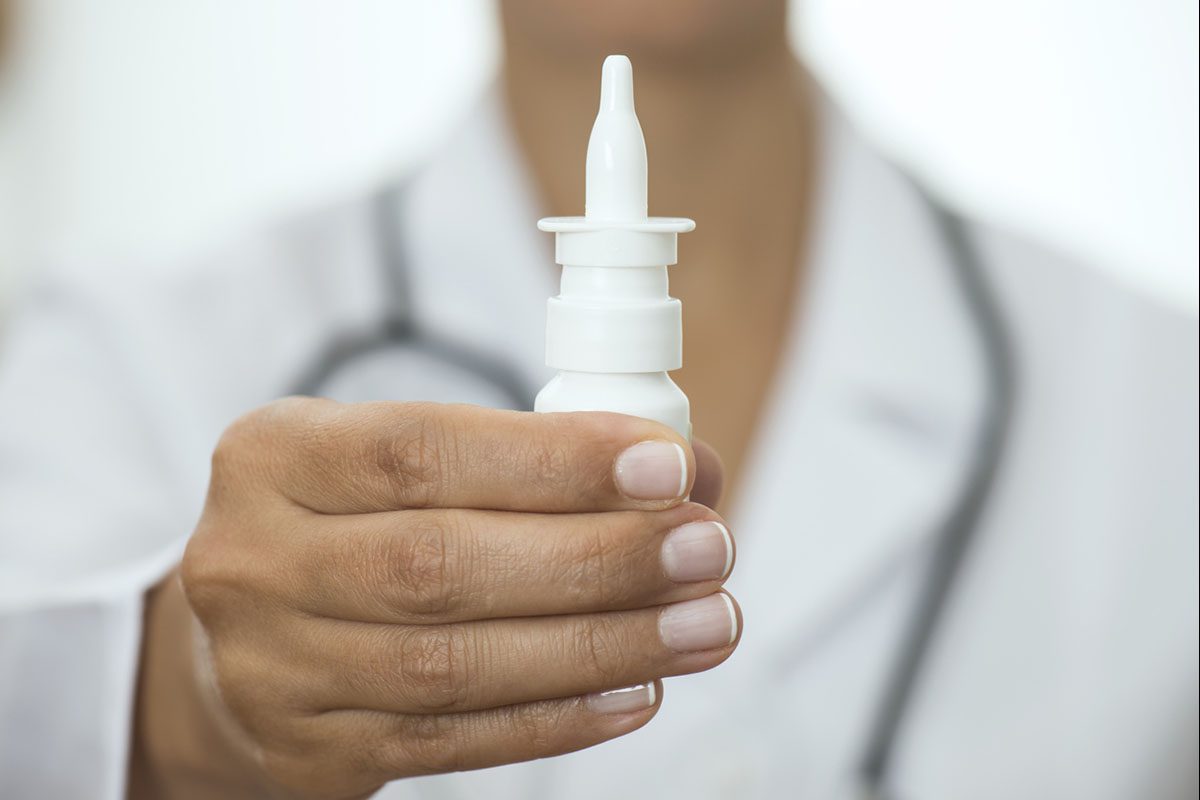Objective: Esketamine, the S-enantiomer of ketamine, was recently approved as a rapid-acting intranasal therapy for depression and is currently under development for suicidality. The authors sought to determine the efficacy of adjunctive intranasal esketamine in major depressive disorder (MDD).
Data Sources: A systematic search of PubMed/MEDLINE was conducted up to January 2019, in addition to abstracts of major psychiatric meetings held since 2010. Searches were conducted by cross-referencing the term intranasal with the term esketamine. Where necessary, authors and/or study sponsors were contacted in order to obtain a copy of the presentation as well as any pertinent study details.
Study Selection: 241 study abstracts were initially identified and reviewed. Selected studies were randomized, double-blind clinical trials comparing adjunctive intranasal esketamine to adjunctive placebo for MDD.
Data Extraction: Data were extracted independently by two of the authors. A random effects model was used to calculate the standardized mean difference (SMD) between esketamine and placebo (intranasal saline) in the Montgomery-Asberg Depression Rating Scale (MADRS) score change from baseline to endpoint, serving as the primary outcome of the study.
Results: Five trials with 774 patients were pooled. Adjunctive esketamine was significantly more effective than placebo for MADRS score change, response, and remission (N = 774, SMD = 0.36, 95% CI = 0.24-0.49, P < .0001; response: risk ratio [RR] = 1.40, 95% CI = 1.22-1.61, P < .0001; remission: RR = 1.45, 95% CI = 1.20-1.75, P < .0001). Results remained statistically significant regardless of differences in the study sample, fixed vs new/optimized baseline antidepressants.
Conclusions: Adjunctive intranasal esketamine for patients with MDD who are either treatment-resistant or acutely suicidal appears to be an effective treatment strategy.
Members Only Content
This full article is available exclusively to Professional tier members. Subscribe now to unlock the HTML version and gain unlimited access to our entire library plus all PDFs. If you’re already a subscriber, please log in below to continue reading.
Please sign in or purchase this PDF for $40.00.
Already a member? Login




